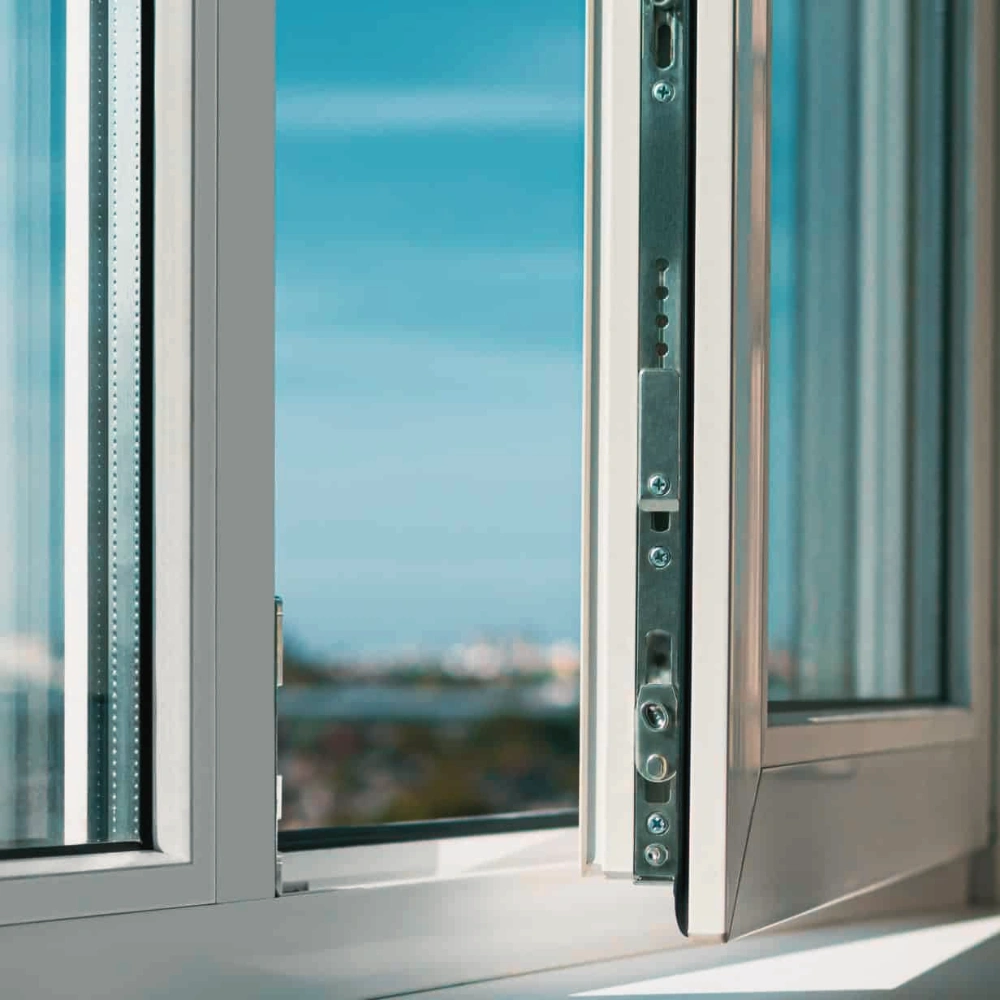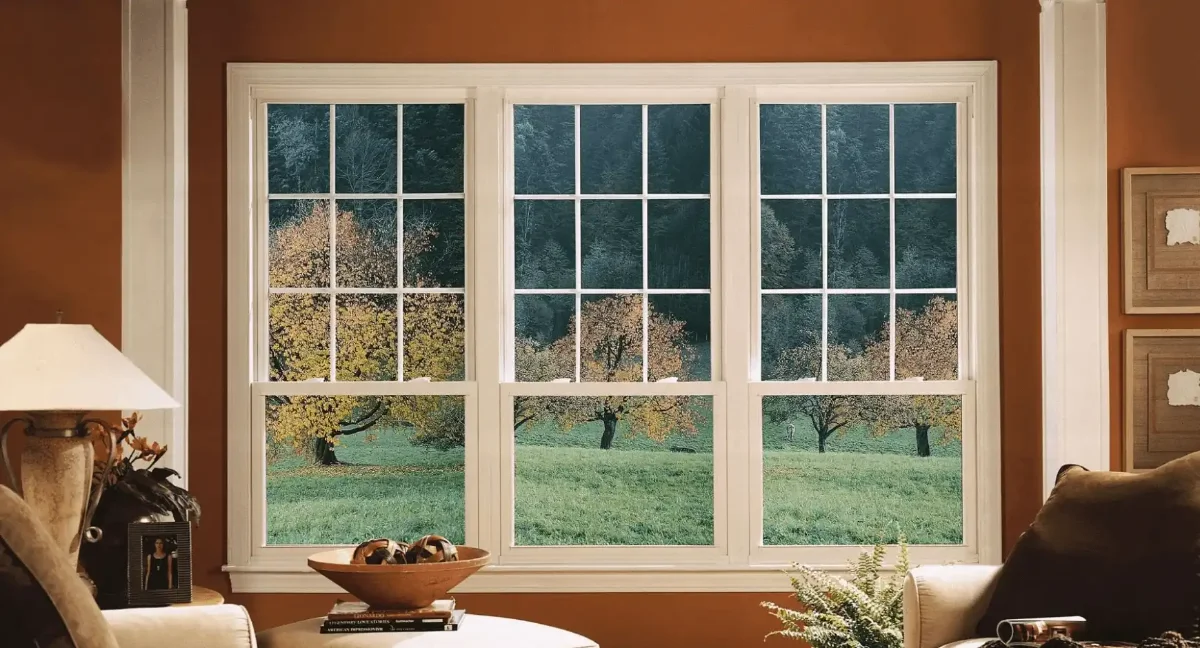When Theory Meets Reality: The Thorley Park Transformation
“I didn’t really believe the energy savings claims,” admits David Mitchell, standing in his bright conservatory extension overlooking Thorley Park. “You hear these marketing promises about cutting heating bills, but how much difference can glass really make?”
Eighteen months later, David has his answer. The low-E glass retrofit I completed on his 1980s four-bedroom semi has cut his annual heating bills by £680—a 35% reduction that’s transformed both his monthly budget and his family’s comfort levels.
This isn’t marketing fluff or theoretical calculations. These are real numbers from real energy bills, in a real Bishop’s Stortford home. David kept meticulous records before and after the installation, creating a perfect case study for homeowners wondering whether low-E glass lives up to its promises.
Let me walk you through exactly what happened, what it cost, and whether similar savings might be possible in your home.
The Starting Point: A Typical 1980s Semi
David’s house is unremarkable in the best possible way—it represents thousands of similar properties across Hertfordshire. Built in 1983, it’s a four-bedroom detached house with:
- 18 windows of various sizes
- Original double glazing from the 1980s (basic 4mm-12mm-4mm units)
- Gas central heating with a modern condensing boiler
- Reasonable loft and cavity wall insulation
- South-facing rear elevation with large patio doors
The house wasn’t particularly cold or uncomfortable, but David noticed his heating bills creeping up each winter. More frustratingly, rooms felt chilly near the windows even when the heating was on full blast.
“The conservatory was the worst,” recalls his wife Sarah. “Lovely in summer, but we couldn’t use it from October to March. It was like sitting in a greenhouse that had forgotten how to keep heat in.”
When I surveyed the property in early 2023, thermal imaging revealed the problem clearly. The windows were bleeding heat like sieves, creating cold spots and forcing the heating system to work overtime.
The Intervention: Strategic Low-E Upgrade
Rather than replacing every window, we took a targeted approach. Analysis of David’s heating patterns and thermal imaging identified the biggest heat-loss culprits:
Priority 1: South-facing patio doors and conservatory (40% of total heat loss) Priority 2: Living room bay window (facing north, constantly in shade) Priority 3: Master bedroom windows (where comfort mattered most)
The specification was carefully chosen:
- Low-E coated glass with silver-based coating on position 3 (room-side of outer pane)
- Argon gas fill replacing the air in the original units
- Warm-edge spacer bars eliminating the cold bridge around the perimeter
- Upgraded seals to eliminate any air leakage
Total cost: £4,200 for 12 windows, leaving 6 less critical windows unchanged for budget reasons.
The Installation: Precision in Practice
The installation took place over two days in March 2023. David was impressed by the minimal disruption:
“I expected chaos—scaffolding, mess, days without proper windows. Instead, the team arrived at 8 AM, worked methodically through each room, and by 4 PM the house was back to normal. The only sign they’d been was that the windows suddenly looked crystal clear.”
The process for each window was remarkably swift:
- Careful removal of old glazing beads and sealed units
- Frame inspection and minor repairs where needed
- Installation of new low-E units with upgraded seals
- Quality checks for proper sealing and operation
The conservatory patio doors required special attention due to their size, but even these were completed in half a day.
The Results: Numbers Don’t Lie
David’s heating bills tell the story better than any marketing brochure:
Before (2022-2023 heating season):
- October-March gas usage: 18,400 kWh
- Average monthly heating bill: £164
- Total heating season cost: £1,968
After (2023-2024 heating season):
- October-March gas usage: 11,950 kWh
- Average monthly heating bill: £107
- Total heating season cost: £1,288
- Annual saving: £680 (35% reduction)
But the numbers only tell part of the story. The comfort improvements were immediately obvious:
“The conservatory went from being unusable in winter to being our favorite room,” says Sarah. “We can sit there with a cup of tea even on cold January mornings. The whole house feels more even—no more cold spots by the windows.”
David adds: “The bedroom is noticeably warmer. We used to have the radiator on high all night in winter. Now it barely comes on, but the room stays comfortable.”
The Science Behind the Savings
Low-E glass works by reflecting radiant heat back into the room while allowing visible light through. The coating is so thin—just a few atoms thick—that it’s invisible to the naked eye, but it makes a dramatic difference to heat retention.
In David’s case, the thermal imaging results were striking:
- Before: Window glass temperature averaged 8°C when outside temperature was 2°C
- After: Window glass temperature averaged 16°C in the same conditions
That 8°C difference means the windows no longer feel cold to touch, eliminating the “cold radiation” effect that makes you feel chilly even when the air temperature is comfortable.
The argon gas fill provided additional insulation, while the warm-edge spacers eliminated the cold bridge around the window perimeter that was visible as condensation on cold mornings.
Beyond the Bills: The Unexpected Benefits
The energy savings were expected, but David discovered several bonus benefits:
Reduced Condensation: “We used to get condensation on the bedroom windows every winter morning. Now it’s completely gone. No more wiping down windows or worrying about mould.”
Better Sleep: “The bedroom stays at a more consistent temperature overnight. We sleep better without the radiator cycling on and off.”
Increased Property Value: When David had the house valued for insurance purposes, the surveyor specifically noted the high-performance glazing as a positive feature.
UV Protection: “The carpets and furniture aren’t fading like they used to. The low-E coating blocks harmful UV rays while letting the light through.”
Noise Reduction: “Not something we expected, but the new sealed units are noticeably quieter. Less traffic noise from the main road.”
The Payback Reality
With annual savings of £680, David’s £4,200 investment will pay for itself in just over 6 years through energy savings alone. Factor in the comfort improvements, reduced maintenance (no more condensation issues), and increased property value, and the true payback period is probably closer to 4 years.
“Even if it took 10 years to pay back, I’d still do it,” David reflects. “The comfort improvement alone is worth the investment. But knowing we’re saving £680 every year makes it feel like a no-brainer.”
The savings are likely to increase over time as energy prices rise, making the investment even more attractive in hindsight.
What Made This Project Successful
Several factors contributed to David’s excellent results:
Realistic Expectations: We focused on the windows with the biggest heat-loss impact rather than trying to do everything at once.
Quality Specification: Premium low-E coatings and argon fill deliver better performance than budget alternatives.
Professional Installation: Proper sealing and attention to detail ensured the theoretical performance was achieved in practice.
Measurement and Monitoring: David’s meticulous record-keeping provided clear evidence of the savings.
Complementary Measures: The house already had decent insulation, so the windows became the limiting factor worth addressing.
Could You Achieve Similar Results?
David’s house represents a sweet spot for low-E retrofits: 1980s-2000s properties with basic double glazing and reasonable insulation elsewhere. If your home fits this profile, similar savings are definitely achievable.
However, every house is different. A Victorian terrace with single glazing might see even bigger percentage savings. A modern house with recent windows might see smaller improvements.
The key is identifying where your biggest heat losses occur. Thermal imaging surveys can pinpoint the problem areas and help prioritize improvements for maximum impact.
For more context on energy-efficient window options, see our comprehensive energy-efficient windows guide, and our comparison of low-E glass versus standard glazing.
Lessons for Other Homeowners
David’s experience offers several valuable lessons:
Start with the biggest impact: Don’t feel you need to replace every window at once. Focus on the areas losing the most heat.
Quality matters: Cheap low-E glass exists, but the performance difference is significant. Invest in proven coatings and proper installation.
Measure and monitor: Keep records of your energy usage before and after. The results might surprise you.
Consider the whole system: Low-E glass works best as part of a properly sealed, well-installed window system.
Think long-term: Energy prices are likely to rise, making efficiency improvements more valuable over time.
The Bigger Picture
David’s case study demonstrates that low-E glass retrofits can deliver substantial real-world savings in typical UK homes. The 35% reduction in heating costs exceeded even my optimistic projections, though David’s meticulous approach to measurement and monitoring helped maximize the benefits.
More importantly, it shows that energy efficiency improvements aren’t just about saving money—they’re about creating more comfortable, healthier homes that are better places to live.
“I wish we’d done it years ago,” David concludes. “The combination of lower bills and better comfort makes it one of the best home improvements we’ve ever made. And knowing we’re reducing our carbon footprint feels good too.”
Interested in exploring low-E glass for your home? Book your energy assessment and we’ll identify the windows with the biggest heat-loss impact, provide detailed specifications, and calculate potential savings based on your specific property and usage patterns.
Because sometimes the most effective home improvements are the ones you can’t see—except in your energy bills and comfort levels.



